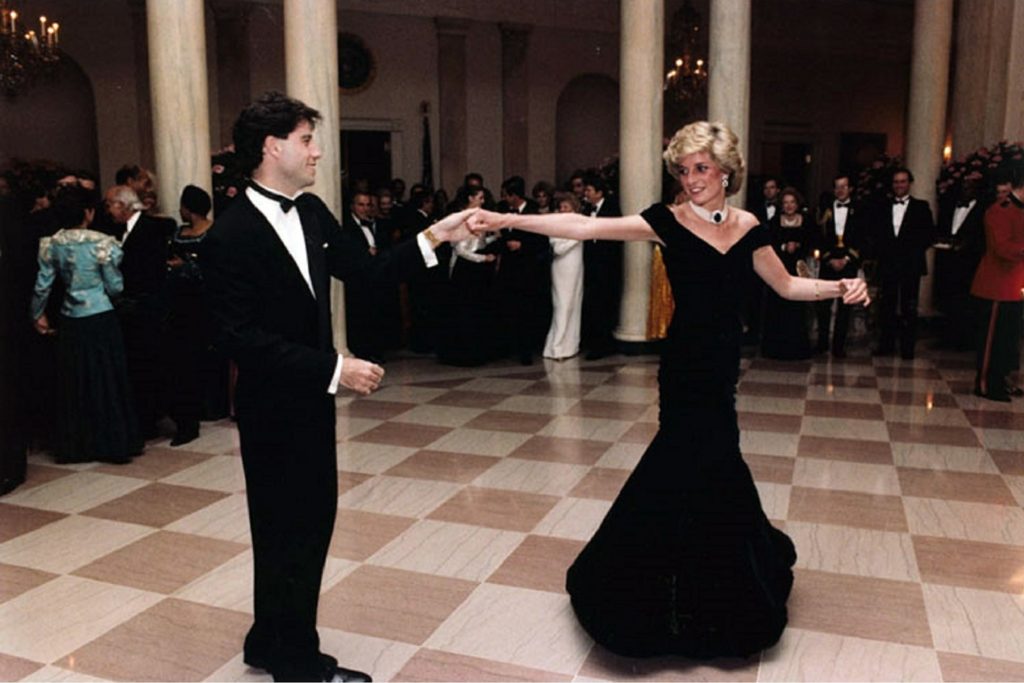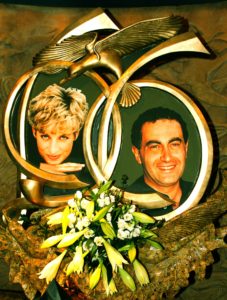- Calls to this hotline are currently being directed to Within Health or Eating Disorder Solutions
- Representatives are standing by 24/7 to help answer your questions
- All calls are confidential and HIPAA compliant
- There is no obligation or cost to call
- Eating Disorder Hope does not receive any commissions or fees dependent upon which provider you select
- Additional treatment providers are located on our directory or samhsa.gov
Bulimia in Royalty – Inside Princess Diana’s Eating Disorder

Instances are few-and-far between of public figures discussing their eating disorders in years past. One instance of this that left an indelible impact came from a woman who has become known for her resilience in the face of private turmoil – Princess Diana.
Diana’s struggle with bulimia was first brought to light in 1992 when Andrew Morton published “Diana: Her True Story.” This memoir gave an in-depth look into the hidden pain Diana struggled with, including her struggles with bulimia and past suicide attempts.
In 1995, Diana stated to BBC, “I didn’t like myself, I was ashamed because I couldn’t cope with the pressures. I had bulimia for a number of years, and that’s like a secret disease…It’s a repetitive pattern which is very destructive to yourself [1].”
She also noted that her bulimia seemed to be the only thing people saw, reporting that she “was crying out for help” but that, instead of listening to what was really going on, people automatically labeled her as “unstable [1].” The revelations shocked the world and impressed upon so many that mental illness does not discriminate and cannot be seen with the naked eye.
Shining a Light on Bulimia
Diana’s discussion also helped the public better understand the nature of the disorder. She described bulimia as “a symptom of what was going on in (her) marriage [1]” as well as “a survival mechanism [2],” supporting the notion that eating disorders can arise as unhealthy methods of coping with turmoil.
News outlets at the time saw Diana’s decision to speak on her struggles as her ultimate triumph, stating that “The Establishment saw it as an attack…They were right…by bearing witness, she broke the vow of silence that is the perpetrator’s secret weapon [3].” Diana’s admission brought to light what was shamefully hidden in the dark, releasing the power it had over many who suffered in silence.
After opening up about her unhappy marriage and experiences with bulimia, Diana became “human” and relatable in the eyes of the public. She “spoke publically about her feelings, about her attempted suicides, about her bulimia, about her suffering, about everyday problems that people endure…That is something that really challenged the hierarchy [4].”
During a time when no one, particularly the Royal Family, spoke openly about these aspects of life, Diana created a dialogue that paints those that experience and overcome mental illness as survivors, not victims.
The People’s Princess
The public view of Diana as “The People’s Princess,” has continued long after her tragic death in 1997 and her family continues her legacy. In 2016, William and Harry, and daughter-in-law, Kate, began the
“Heads Together” campaign, aimed at “tackling stigma, raising awareness, and providing vital help for people with mental health challenges [1].”

Diana’s decision to come forward with her experiences was courageous. In the face of personal turmoil, Diana found her voice, learned to use it, and worked to help others find their own.
Her story of strength, bravery, and resilience continues to be one that provides insight and inspiration into the way that mental illness and eating disorders can privately torture individuals, as well as how they can be overcome.

As a freelance writer for Eating Disorder and Addiction Hope and a mentor with MentorConnect, Margot is a passionate eating disorder advocate, committed to de-stigmatizing these illnesses while showing support for those struggling through mentoring, writing, and volunteering. Margot has a Master’s of Science in Clinical Mental Health Counseling from Johns Hopkins University.
References:
[1] Park, A. (2017). Prince William addresses Princess Diana’s bulimia for the first time. W Magazine, Retrieved on 23 August 2017 from https://www.wmagazine.com/story/prince-william-addresses-princess-diana-bulimia.
[2] Saukko, P. (2006). Rereading media and eating disorders: Karen Carpenter, Princess Diana, and the healthy female self. Critical Studies in Media Communication, 23:2, 152-169.
[3] Campbell, B. The princess and the pain. The Guardian, November 23, 1995.
[4] Cesno, et al. (1997). Remembering Princess Diana. CNN, August 31, 1997.
The opinions and views of our guest contributors are shared to provide a broad perspective of eating disorders. These are not necessarily the views of Eating Disorder Hope, but an effort to offer discussion of various issues by different concerned individuals.
We at Eating Disorder Hope understand that eating disorders result from a combination of environmental and genetic factors. If you or a loved one are suffering from an eating disorder, please know that there is hope for you, and seek immediate professional help.
Published on October 12, 2017.
Reviewed By: Jacquelyn Ekern, MS, LPC on October 12, 2017.
Published on EatingDisorderHope.com
